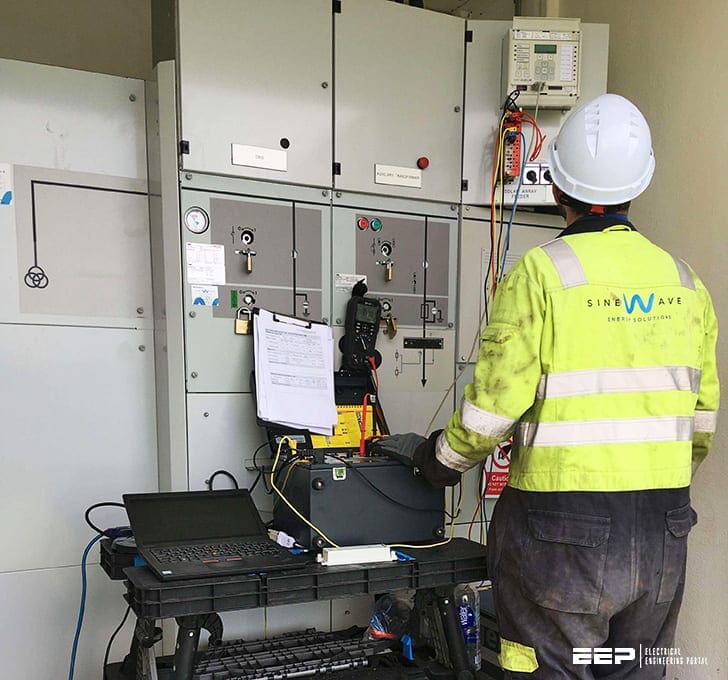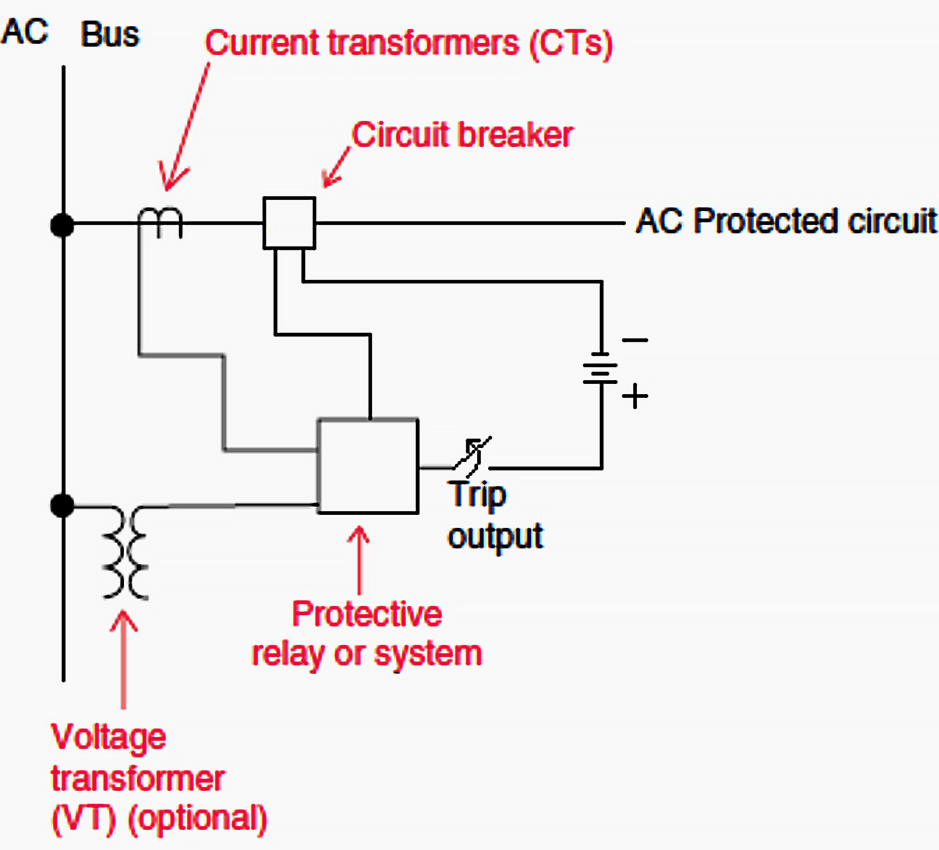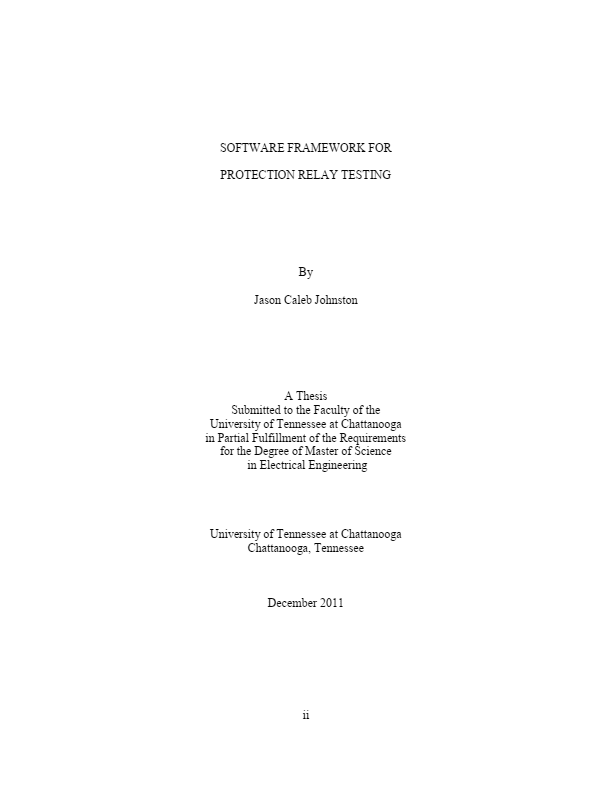Protective Relaying Architecture
The protective relay system measures system quantities from the power system, such as AC voltages and currents. These quantities have been stepped down by current transformers (CTs) and voltage transformers (VTs) from large magnitudes to smaller, more feasible values, to be read by electric monitoring equipment.

Protection equipment in the electric power system continuously measures certain system quantities and determines if these values are within a specified threshold range that is computed and programmed into protection equipment by a protection engineer.
If a measured quantity is outside of a specified threshold then a decision must be made by the protection equipment on how to properly handle the abnormal operating conditions.
Protective relays have separate circuits for measuring AC quantities and for issuing protective actions to be performed by other protection equipment.
The relay controls a circuit breaker by completing a DC circuit that consists of a battery connected to both the relay and trip coils in the circuit breaker, as shown in Figure 1 below.

During normal operation the circuit breaker is closed which permits load currents to flow in the system and the relay contacts in the DC circuit are open preventing current flow into the breaker’s trip circuit.
When the relay detects a fault, it closes its contacts in the DC circuit allowing current to flow to the circuit breaker’s trip coils.
When the circuit breaker operates, the current in the DC circuit is also interrupted, allowing the relay to remove itself from the circuit; thus making the relay ready to operate again for the next fault.
Furthermore, since phase-to-ground faults can occur on any of the individual phases in a power system, a protective relay system, comprised of relaying equipment for monitoring each individual phase, is required to ensure total system protection.
Additionally, a relay monitoring each individual phase allows for detection of phase to phase faults and other multiple phase fault occurrences.
| Title: | Software framework for automated testing of power system protection relays – Jason Caleb Johnston (A Thesis Submitted to the Faculty of the University of Tennessee at Chattanooga in Partial Fulfillment of the Requirements for the Degree of Master of Science in Electrical Engineering) |
| Format: | |
| Size: | 1.50 MB |
| Pages: | 80 |
| Download: | Right here | Video Courses | Membership | Download Updates |



Full real time protection settings test facility is already released 7 years ago in a transient program named POUYA.